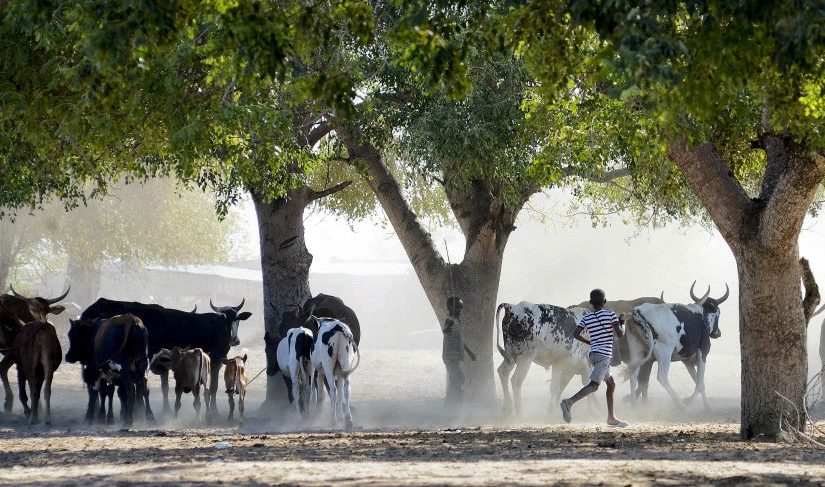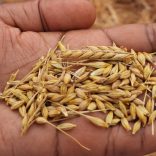Cabo Delgado accounts for 20% of Mozambique's timber harvesting quota in 2025
Mozambique: Multi-sectoral team joins the fight against theileriosis

FILE - For illustration purposes only. [File photo: Notícias]
Mozambique’s veterinary authorities have created a multi-sectoral commission to devise assertive strategies aimed at eradicating theileriosis, a disease caused by ticks, which has killed more than 200 cattle in Maputo and Inhambane.
The team is made up of researchers and technicians from the Faculty of Veterinary Medicine, livestock farmers and other stakeholders in the chain, who will work in districts affected by the disease in the coming months.
The information was provided to ‘Notícias’ by Zacarias Massingue, head of the Department of Disease Prevention and Control, who pointed out that, in addition to creating the work team, the sector had intensified surveillance and inspection measures governing the movement of animals from the affected areas.
“We have stepped up inspections at slaughterhouses, where, before the animals are slaughtered, there are a series of tests to determine whether they are suffering from the disease,” the source said.
In light of the current situation, and given the high level of mobility of livestock traders across different breeding areas, sanitary measures to disinfect vehicles transporting animals have been stepped up to prevent ticks from infecting other livestock.
He also noted that there is a great deal of awareness in communities about increasing the use of tick-killing baths. “We advise farmers to increase bathing, focusing mainly on immersion or shower baths and, if possible, dorsal bathing,” he said.
He also acknowledged that there was a shortage of bathing capacity, due to the authorities’ inability to replace the products used in the tanks.













Leave a Reply
Be the First to Comment!
You must be logged in to post a comment.
You must be logged in to post a comment.